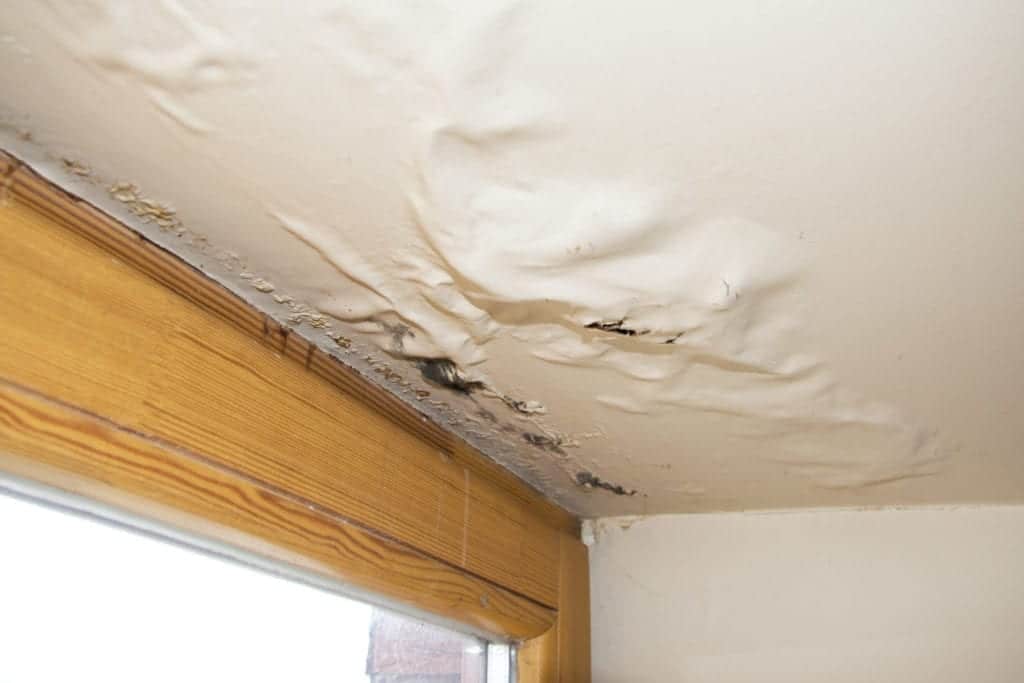Revealing Hidden Water Line Leaks: 6 Effective Detection Tricks
Revealing Hidden Water Line Leaks: 6 Effective Detection Tricks
Blog Article
Do you find yourself looking for help on Locating water leaks?

Early detection of dripping water lines can minimize a potential calamity. Some small water leakages may not be visible.
1. Take A Look At the Water Meter
Every house has a water meter. Examining it is a surefire way that helps you uncover leaks. For starters, turn off all the water sources. Guarantee no person will flush, make use of the faucet, shower, run the washing equipment or dishwashing machine. From there, go to the meter and watch if it will transform. Considering that no one is utilizing it, there need to be no motions. If it relocates, that shows a fast-moving leakage. If you spot no modifications, wait a hr or 2 and inspect back once again. This means you may have a sluggish leak that could even be underground.
2. Check Water Usage
Examine your water expenses as well as track your water consumption. As the one paying it, you need to observe if there are any type of discrepancies. If you detect sudden changes, despite your intake coinciding, it means that you have leakages in your plumbing system. Keep in mind, your water costs need to fall under the same range on a monthly basis. A sudden spike in your costs indicates a fast-moving leakage.
A constant increase every month, even with the exact same routines, reveals you have a sluggish leak that's additionally gradually escalating. Call a plumber to thoroughly check your property, specifically if you feel a cozy area on your flooring with piping below.
3. Do a Food Coloring Test
30% comes from toilets when it comes to water usage. Examination to see if they are running effectively. Decrease flecks of food shade in the storage tank as well as wait 10 mins. There's a leak in between the storage tank and dish if the shade in some way infiltrates your bowl during that time without flushing.
4. Asses Exterior Lines
Don't fail to remember to examine your exterior water lines as well. Test spigots by attaching a garden pipe. Must water leak out of the connection, you have a loosened rubber gasket. Replace this as well as ensure all links are tight. It will certainly aid get it expertly analyzed as well as preserved yearly if you've obtained a lawn sprinkler system. One small leak can throw away tons of water as well as increase your water costs.
5. Examine the situation as well as inspect
Property owners ought to make it a habit to examine under the sink counters as well as even inside closets for any kind of bad odor or mold growth. These 2 red flags show a leak so prompt focus is needed. Doing regular assessments, even bi-annually, can conserve you from a significant problem.
Inspect for discolorations as well as deteriorating as most pipelines and appliances have a life expectations. If you presume leaking water lines in your plumbing system, don't wait for it to intensify.
Early discovery of dripping water lines can minimize a prospective disaster. Some tiny water leakages may not be noticeable. Checking it is a surefire method that assists you discover leakages. One tiny leakage can squander lots of water as well as increase your water costs.
If you presume dripping water lines in your plumbing system, do not wait for it to escalate.
WARNING SIGNS OF WATER LEAKAGE BEHIND THE WALL
PERSISTENT MUSTY ODORS
As water slowly drips from a leaky pipe inside the wall, flooring and sheetrock stay damp and develop an odor similar to wet cardboard. It generates a musty smell that can help you find hidden leaks.
MOLD IN UNUSUAL AREAS
Mold usually grows in wet areas like kitchens, baths and laundry rooms. If you spot the stuff on walls or baseboards in other rooms of the house, it’s a good indicator of undetected water leaks.
STAINS THAT GROW
When mold thrives around a leaky pipe, it sometimes takes hold on the inside surface of the affected wall. A growing stain on otherwise clean sheetrock is often your sign of a hidden plumbing problem.
PEELING OR BUBBLING WALLPAPER / PAINT
This clue is easy to miss in rooms that don’t get much use. When you see wallpaper separating along seams or paint bubbling or flaking off the wall, blame sheetrock that stays wet because of an undetected leak.
BUCKLED CEILINGS AND STAINED FLOORS
If ceilings or floors in bathrooms, kitchens or laundry areas develop structural problems, don’t rule out constant damp inside the walls. Wet sheetrock can affect adjacent framing, flooring and ceilings.
https://www.servicemasterbyzaba.com/blog/how-to-detect-water-leakage-in-walls/

We were shown that report about Top leak detection hacks from someone on another website. In case you enjoyed reading our page please remember to share it. I take joy in reading our article about Detecting hidden plumbing leaks.
Certified experts available. Report this page